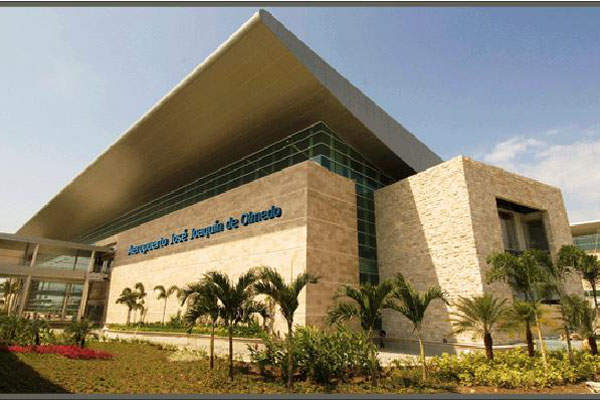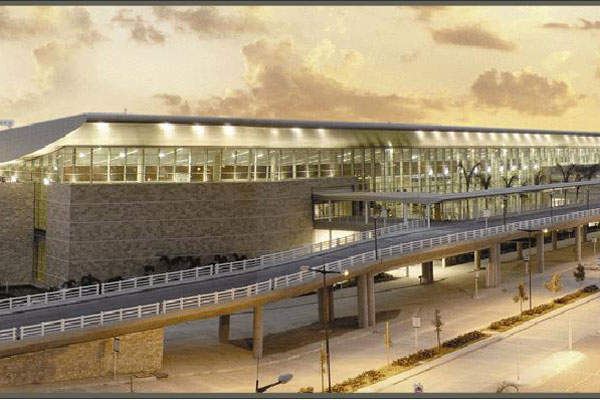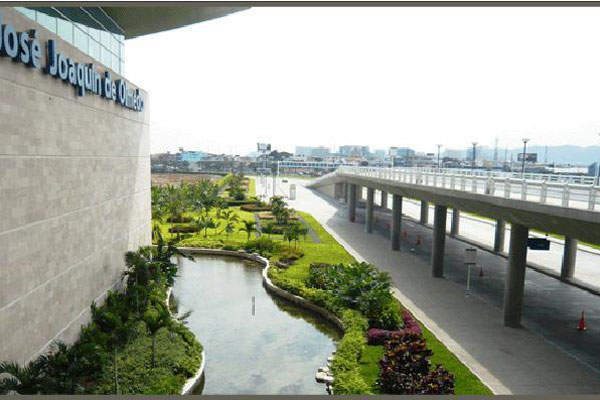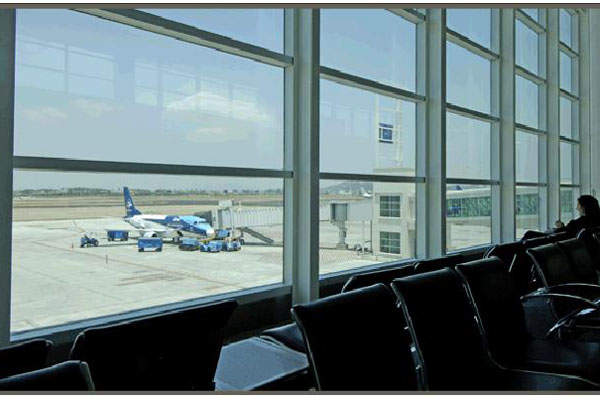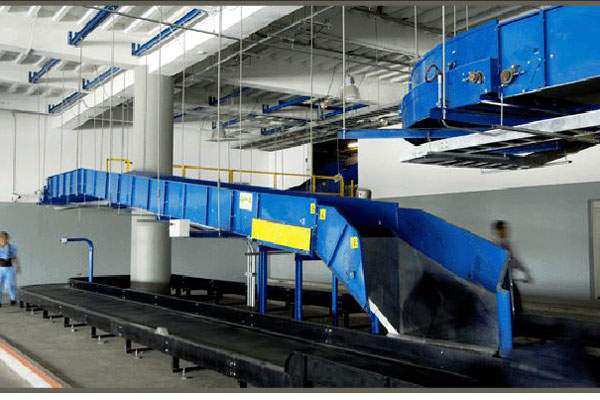
José Joaquín de Olmedo International Airport (Airport of Guayaquil), also known as Aeropuerto Internacional José Joaquín de Olmedo in Spanish, is located to the north of Guayaquil, the largest and the most populous city of Ecuador in South America.
It is Ecuador’s biggest and second busiest airport. Terminal Aeroportuario de Guayaquil (TAGSA), a corporation formed in 2004, manages the airport under concession for 50 years. The shareholders of TAGSA include Argentina’s Corporación America (51%), Dellair Services (40%), and Ormond Group (9%). Corporación América is the operator of the airport.
Quito is the capital of Ecuador and is currently served by the Mariscal Sucre International airport covering an area of 150ha.
The airport was opened in 2006, after two years of construction and repair works, and handled 3.95 million passengers in 2011.
The airport was chosen as the ‘best regional airport in South America’ in Skytrax World Airport Awards 2014. It was also awarded as the ‘best airport in Latin America and the Caribbean’ by the Airports Council International (ACI) in the same year.
The domestic terminal of the airport recently underwent expansion, which was inaugurated in July 2014. The airport’s authority invested approximately $15m in the expansion project to increase the passenger handling capacity by 2.5 million per year.
Terminal expansion project at the Airport of Guayaquil
Expansion works at the domestic terminal of Guayaquil International Airport started in September 2013. The floor space of the terminal was increased from 50,000m² to 57,000m² making it the biggest airport terminal in the country. The passenger handling capacity has been increased from 4.5 million passengers to seven million passengers a year.
The terminal expansion project involved addition of three aircraft boarding gates, upgradation of the baggage system, expansion of the security area, new restrooms, a new atrium, new seating facilities with USB and wall charges, expansion of VIP lounge, addition of two VIP lounges, three new retail outlets, and two food and beverage (F&B) outlets.
The terminal now features office spaces for training rooms, staff service areas, as well as an airport operations ramp control cabin. Through big windows, it offers views of the aircraft apron.
The terminal expansion project was jointly implemented by the Airport Authority of Guayaquil (AAG) and the TAGSA. Construction work was carried out by Ekron, the same contractor who built the terminal eight years ago.
Passenger traffic at the two-storied airport building is split into two sections – international terminal area and domestic terminal area. The international terminal area is also planned to be upgraded in the future.
Cargo platform
A new cargo terminal platform was opened at the airport in November 2011. The 50,000m² cargo platform has eight parking spots with a capacity to accommodate 16 C class aircrafts. It also has a hydrant system and a modern rain water drainage system. Approximately $5m was invested in the project, which took 10 months for completion.
Runways, taxiways and platforms
The Guayaquil airport has a single runway designated as Runway 03/21. The runway is 2,684m long and 45m wide, and is covered with an asphalt surface. It can accommodate large aircraft such as the Boeing 747s, MD-11s and Airbus A340-600 aircraft.
The airport has single taxiway 2,935m long and 23m wide. Parking spots are provided for passenger airplanes with seven boarding bridges, while eight are meant for cargo airships and seven for general aviation planes.
Vehicle parking
The airport offers private parking area for more than 1,100 vehicles. It has also a special parking area designated for VIP customers.
José Joaquín de Olmedo International Airport master plan
The master plan for the Guayaquil International Airport calls for shifting the airport facility to a nearby 2,020ha site. The new airport, anticipated to be constructed in 2024 with an estimated investment of $800m, will have three runways and will be capable of handling 16 million passengers per year.

